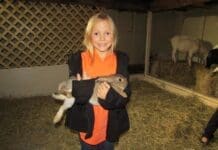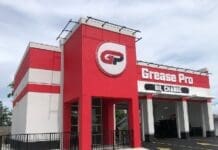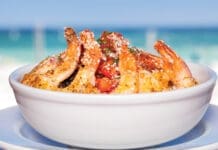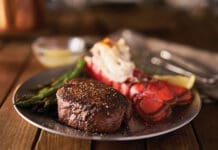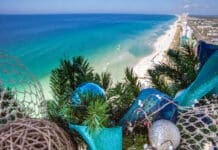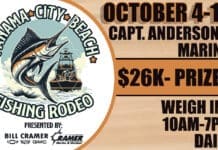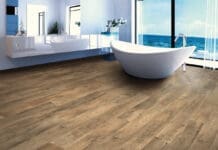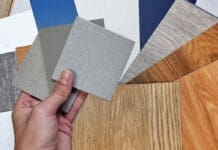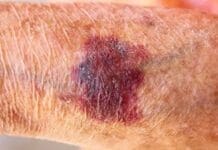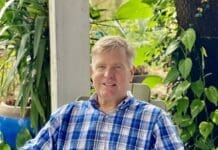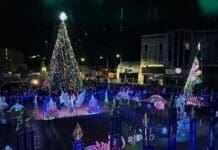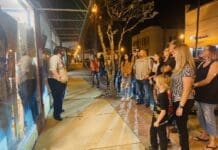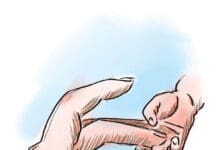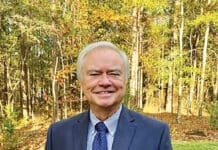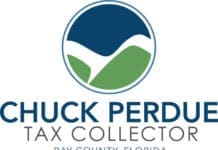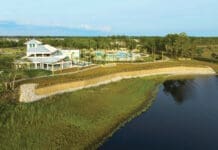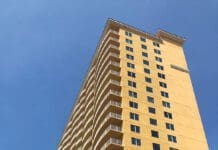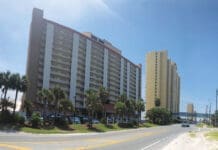 By Julie McConnell, UF/IFAS Extension Bay County
By Julie McConnell, UF/IFAS Extension Bay County
If you call my office with questions about your lawn the first question I will ask is, “what type of grass do you have?” In Northwest Florida, there are four common species of warm season turfgrasses installed in landscapes and utility areas. Each type of grass has unique management requirements in order to thrive and resist pest, disease, weed establishment, and environmental challenges.
Bermudagrass, Centipedegrass, St. Augustinegrass, and Zoysiagrass are the most popular lawns in our region. Within each species there are numerous cultivars available with slightly different characteristics, but this article will cover generalizations for each species. All turfgrass has pros and cons – there is no “perfect” turfgrass, however, selecting grass not suited to your site will lead to excess maintenance cost and frustration.
Bermudagrass is a fine bladed dense growing turfgrass that is commonly used on golf courses. It has a reputation for high maintenance, but quality thresholds for a home lawn are lower than sports turf making it a good option. Bermudagrass spreads by both rhizomes (underground runners) and stolons (aboveground runners) which allows it to fill in quickly and recover from injury. It is tolerant of salt spray which is important in coastal landscapes or properties using reclaimed water. Bermudagrass should be cut at 1.5” high in the home landscape and benefits from monthly low-rate fertilizations during the growing season.
Centipedegrass is known as the “lazy man’s grass” because it has low maintenance requirements. Most of the problems we see at our office with Centipedegrass are when people love it to death by excessive fertilization and watering. This grass is naturally a light green color, so routine fertilization trying to make it a lush green negatively impacts this turf type. Centipedegrass is not salt tolerant and is only suitable in acidic soil (ideal pH 5.5) which makes it a poor option along the coast.
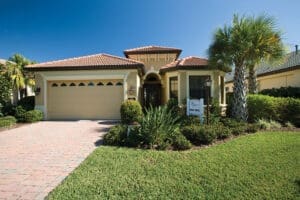
St. Augustinegrass has wide blades and is commonly grown in areas with large trees present. Although St. Augustinegrass is “shade tolerant” it still needs six hours or more of sunlight daily. Shady conditions are conducive to fungal disease development and thinning grass. Mowing St. Augustinegrass shorter than 3-4 inches causes damage to growing points and reduces the surface area needed to perform photosynthesis. Improper mowing leads to weak or dead areas of turf which contributes to weeds moving in. Additionally, St. Augustinegrass is sensitive to many herbicides, so weed control can be difficult.
Zoysiagrass is a dense forming turfgrass with similar growth to Bermudagrass (rhizomes and stolons) and when well maintained outcompetes many common weeds. Like St. Augustinegrass, some cultivars are listed as “shade tolerant” but still require 6 hours of sunlight daily. Zoysiagrass is tolerant of salt spray, a wide range of herbicides, and will go into drought dormancy when conditions are exceedingly dry. It is one of the last grasses to “green up” in the spring and forms thatch which must be managed to maintain healthy turfgrass.
To learn more about turfgrass and caring for your lawn visit https://hort.ifas.ufl.edu/yourfloridalawn/ for links to publications about specific turfgrasses and common care issues.
An Equal Opportunity Institution. UF/IFAS Extension, University of Florida, Institute of Food and Agricultural Sciences, Nick T. Place, Dean for UF/IFAS Extension. Single copies of UF/IFAS Extension publications (excluding 4-H and youth publications) are available free to Florida residents from county UF/IFAS Extension offices.


